Lockheed Martin F-16 Fighting Falcon
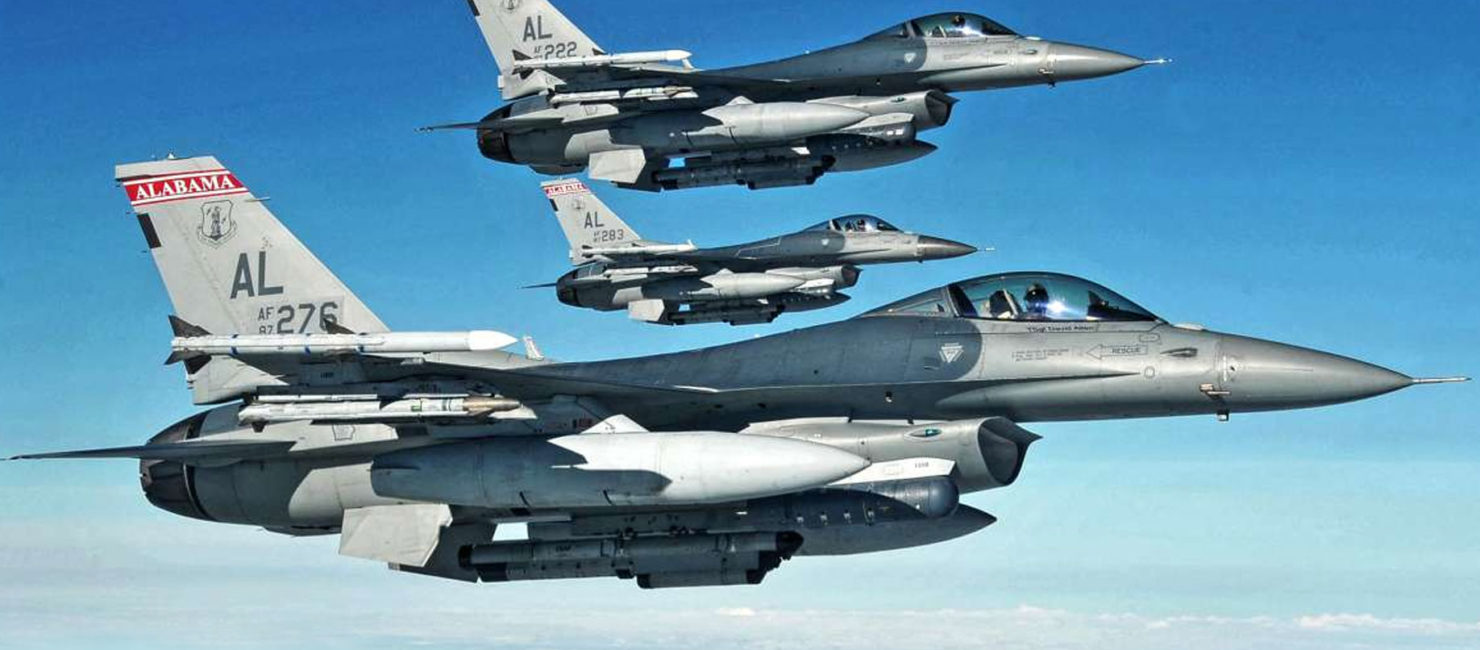
Lockheed Martin’s F-16 Fighting Falcon is a multi-role, single-engine fighter aircraft used frequently in air superiority missions as well as close air support. It is considered a fourth generation fighter after significant upgrades have been made to its design and avionics deck.
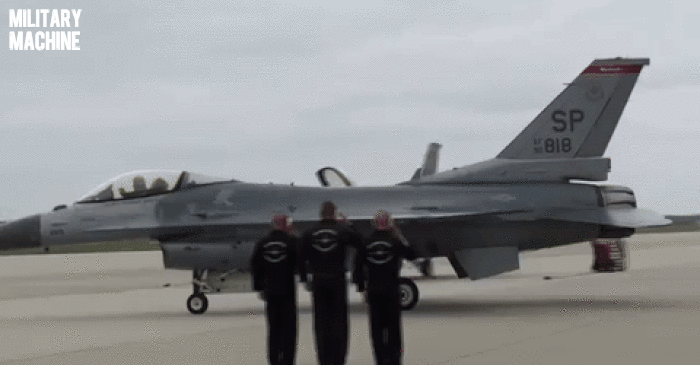 Cost Effectiveness
Cost Effectiveness
The F-16 is widely sold and distributed through foreign sales from the United States to other nations. It has been in service since 1978 and as of 2016, there are over a thousand F-16 Fighting Falcons in the United States Air Force. In terms of affordability for performance, it is one of the cheapest aircraft to fly and maintain while still managing complete air superiority.
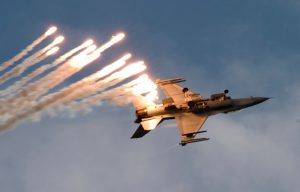
Unique Performance
One of the unique features of this fourth generation fighter aircraft is its ability to do precision bombing in all weather conditions. The F-16 Fighting Falcon was one of the first aircraft with an avionics suite capable of performing low altitude missions in bad weather and still being able to see its targets clearly. Its single thrust engine and lightweight design enable it to handle up to 9 G worth of force. A single G equals the average force placed upon an object at ground elevation. Thus, this fighter aircraft can withstand up to 9 times that force — incredible by any aerodynamic standard.
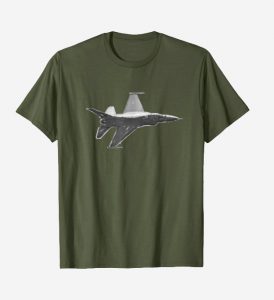
Variants
While dozens of variations of the F-16 have been and continue to be built, the most common version in the United States fleet is the F-16C/D. The first F-16C flew on June 19, 1984. Throughout the late-80s, the Air Force received updated electronic, avionics, and software upgrades for a new generation of F-16C/Ds entering service. The U.S. Navy purchased its own block set of F-16N which were specially designed to handle the Navy’s demands. These aircraft ran into severe budget problems and unfortunately only lasted a short time before being sent off to aircraft museums by 1995. A limited number of F-16Ns are still maintained by the U.S. Navy Naval Strike and Air Warfare Center (NSAWC) for the purpose of adversary training for pilots going through its programs.
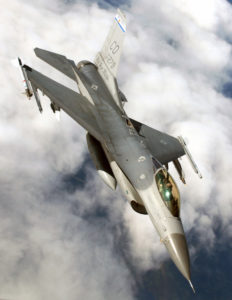
Current Role
At present, the United States will not be purchasing any more F-16s and has instead opted to shift to fifth generation fighters such as the F-35 and F-22. However, the F-16 Fighting Falcon has been a highly sought after multi-role fighter by foreign buyers, and they still account for a very large percentage of fighter aircraft within the United States. According to Lockheed Martin’s own press release, over 4,450 F-16s have been delivered to customers worldwide.
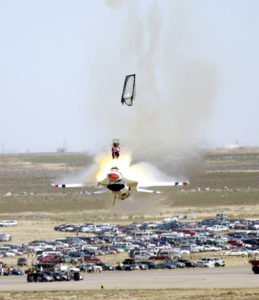
Reliability
The F-16 Fighting Falcon is presently deployed in support of ongoing domestic and overseas combat operations including Operation Iraqi Freedom, Operation Enduring Freedom, and Noble Eagle. Since the end of the Persian Gulf War in 1991, it remains one of the most flown fighter aircraft amongst NATO and U.S. forces. Its continued presence throughout many fleets enables for better technological improvements and cheaper overall cost for repairs, parts, and maintenance.
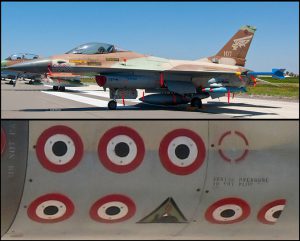
Combat Service
Since the first F-16A took off for the first time in 1976, this aircraft maintains a record of superb performance for forty years and counting. As the F-16 has been maintained within the air forces of multiple countries, there is an exceptionally large amount of data regarding operational success. In the United States alone, F-16 combat flights in the opening hours of Operation Desert Storm accounted for 25% of all combat sorties. This percentage stayed steady throughout the entire duration of the conflict.
Turkey, Egypt, the United Arab Emirates, Jordan, and Israel all maintain active fleets of F-16s, which are presently used to great success in air-to-air interdiction missions.
See more incredible images of the F-16 Falcon.
See a comparison of the F-16 Fighting Falcon vs the F-35 Lightning II.
See F-16 Fighting Falcon Specifications
| Crew: F-16C, one; F-16D, one or two |
| Primary Function: Multirole Fighter |
| Contractor: General Dynamics, now Lockheed Martin Corp. |
| Power Plant: F-16C/D: one Pratt and Whitney F100-PW-200/220/229 or General Electric F110-GE-100/129 |
| Thrust: F-16C/D, 27,000 pounds |
| Wingspan: 32 feet, 8 inches (9.8 m) |
| Length: 49 feet, 5 inches (14.8 m) |
| Height: 16 feet (4.8 m) |
| Weight: 19,700 lbs. unladen (8,936 kg) |
| Maximum Takeoff Weight: 37,500 lbs. (16,875 kg) |
| Fuel Capacity: 7,000 lbs. (internal, 3,175 kilograms); External: 12,000 lbs. (two external tanks, 5443 kg) |
| Payload: External hard point stations can hold up to 6 air-to-air missiles, conventional air-to-air, air-to-surface munitions and electronic countermeasure pods |
| Speed: 1,500 mph (Mach 2) |
| Range: 2,000 miles at ferry range (1,740 nm) |
| Ceiling: above 50,000 feet (15 km) |
| Armament: one M-61A1 20mm multibarrel cannon with 500 rounds |
| Unit Cost: F-16C/D,$18.8 million (FY 98 adjusted dollars) |

